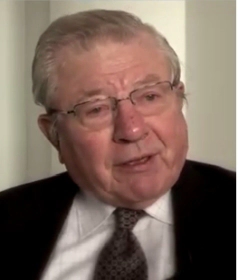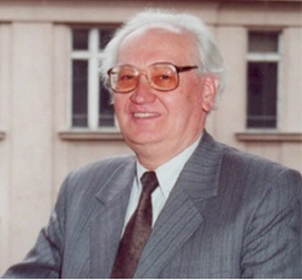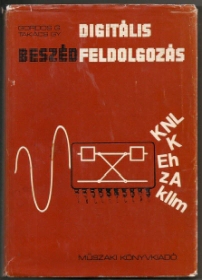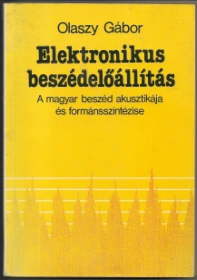The beginnings of Hungarian speech synthesis
The revolutionary change in speech synthesis has been made by computers. The first computer-controlled speech synthesizers were developed in America and Sweden in the late 1960s. Hungary also entered into this research area some years later. On the one hand, Géza Gordos (at the suggestion of Dénes Gábor) organised the first speech research group in 1967 at the Department of Telecommunications of the Budapest University of Technology (BME). At that time, digital speech processing based services embedded in telecommunications services became necessary, mainly through limited vocabulary speech synthesis. In 1983, the famous book Digital Speech Processing, by Géza Gordos and György Takács, was published in Hungarian. The other line of early research in Hungary can be connected to the Department of Phonetics at the Institute of Linguistics of the Hungarian Academy of Sciences, where Kálmán Bolla, head of the department, established the instrumental phonetics laboratory (1971). The development of the first Hungarian text-to-speech conversion system started in this laboratory. The result was the HungaroVox text-to-speech system, introduced in 1982. The book Electronic Speech Production was published in Hungarian by Gábor Olaszy, describing the result of this research (1989). In the following years several research institutes, groups began to deal with speech synthesis. These research places were the representatives of the beginnings, the pioneers in Hungary.

|

|

|

|